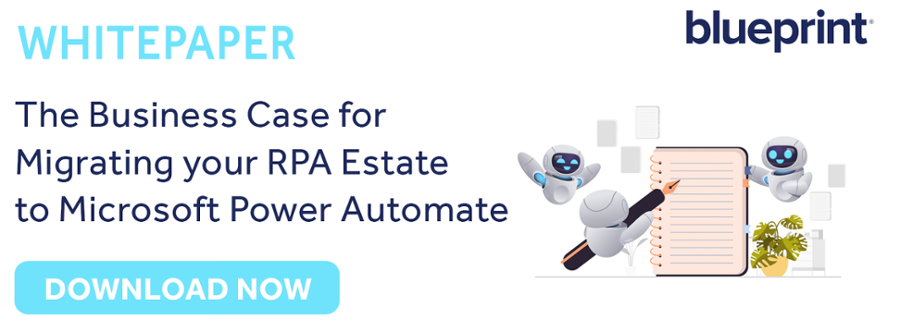So You’ve Been Asked to Reduce Your RPA Costs. Here Are 4 Ways to Do It
In light of inflation and a volatile economy, many in charge of the automation practices for their respective organizations have been given a stern mandate: reduce the total cost of ownership for RPA (robotic process automation).
With many legacy RPA platforms raising their prices and licensing fees, reducing RPA costs is more challenging than ever, however that doesn’t mean it’s impossible.
There are certain things automation leaders and managers can do to reduce their (Robotic Process Automation) RPA costs. Here are 4 of them.
#1 - Perform an Automation Assessment
In the rush to leverage all the lucrative benefits RPA promised like cost reduction, improved efficiency, and less costly errors from process execution, organizations automated everything and anything they could get their hands on.
The result was bloated automation estates with redundant automated processes or, at the very least, redundant components of automations and a lot of waste. Many RPA pricing models are based on automated processes in production. Therefore, if your estate has redundant, wasteful, or inefficient automations delivering underwhelming returns, it might be costing you a lot of money.
One solution to reduce bloated RPA estates and inflated automation costs is to perform an automation assessment to understand exactly what you have in your portfolio of bots.
An automation assessment uncovers all the processes in your estate which might have been lost to those early adopters of RPA that started their automation journey years ago. It reveals where there is unnecessary complexity, redundant processes, waste, and underperforming automations.
In the automation assessments Blueprint has performed, we’ve found that on average, 30% of automation estates are redundant. That means if your automation practice is costing you $1 million to maintain, that’s $300,000 in possible waste you might be losing.

In one case for a client that was using Blueprint to migrate their RPA estate to a different RPA tool, $5,000,000 worth of waste and redundant processes were uncovered that were immediately retired for instant ROI.
Read the full case study here.
If reducing automation OpEx (operational cost) is on your to-do list, an automation assessment might be a good place to start.
#2 - Pick Better Business Tasks and Processes to Automate
Beyond trying to automate anything and everything they could, organizations also selected the wrong processes to automate. In an attempt to accelerate the proof step when adopting RPA or scrambling to realize value as early as possible, automation practices selected overly complex business tasks and processes, processes that interacted with too many applications, or processes that weren’t highly repeatable.
With overly complex or low-volume automations, outages that require labor-intensive maintenance and support can contribute to inflated automation costs.
One way to mitigate costly automation errors and outages is to define standard criteria that identify and qualify optimal automation candidates, so RPA programs aren’t burdened with hefty support and maintenance headaches that increase costs down the road.
Blueprint offers a free RPA Candidate Checklist that can help get you started.
#3 - Enable Citizen Development
Automation design and delivery in legacy RPA platforms is a very complex endeavor that demands highly skilled technical resources, which are naturally very expensive. IT’s support for automation will always be needed, however their heavy dependence can certainly be reduced.
Citizen developers can tackle the long tail of automation opportunities; the simple rule-based processes that aren’t overly complex but still deliver value and returns. While costs may not be immediately reduced by implementing a citizen development approach to automation, returns will definitely increase by enabling and accelerating scale.
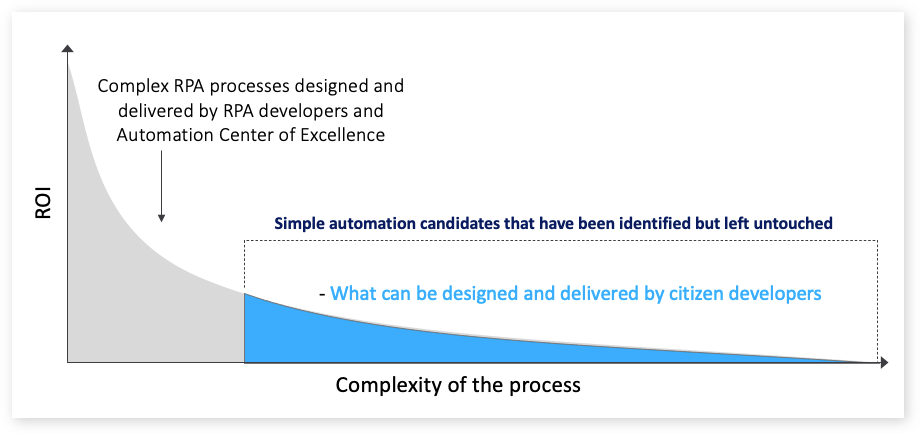
With the right automation platforms that simplify RPA design and delivery so that the average person can develop and deploy an automated process, citizen development is definitely attainable, which brings us to our next point.
#4 - Migrate Your Automation Estate to a More Cost-Effective Provider
In a recent research report on RPA Migration that Blueprint published, 58% of the organizations surveyed reported that they were either in the process of, considering, or had already migrated their RPA estates to a new RPA platform.
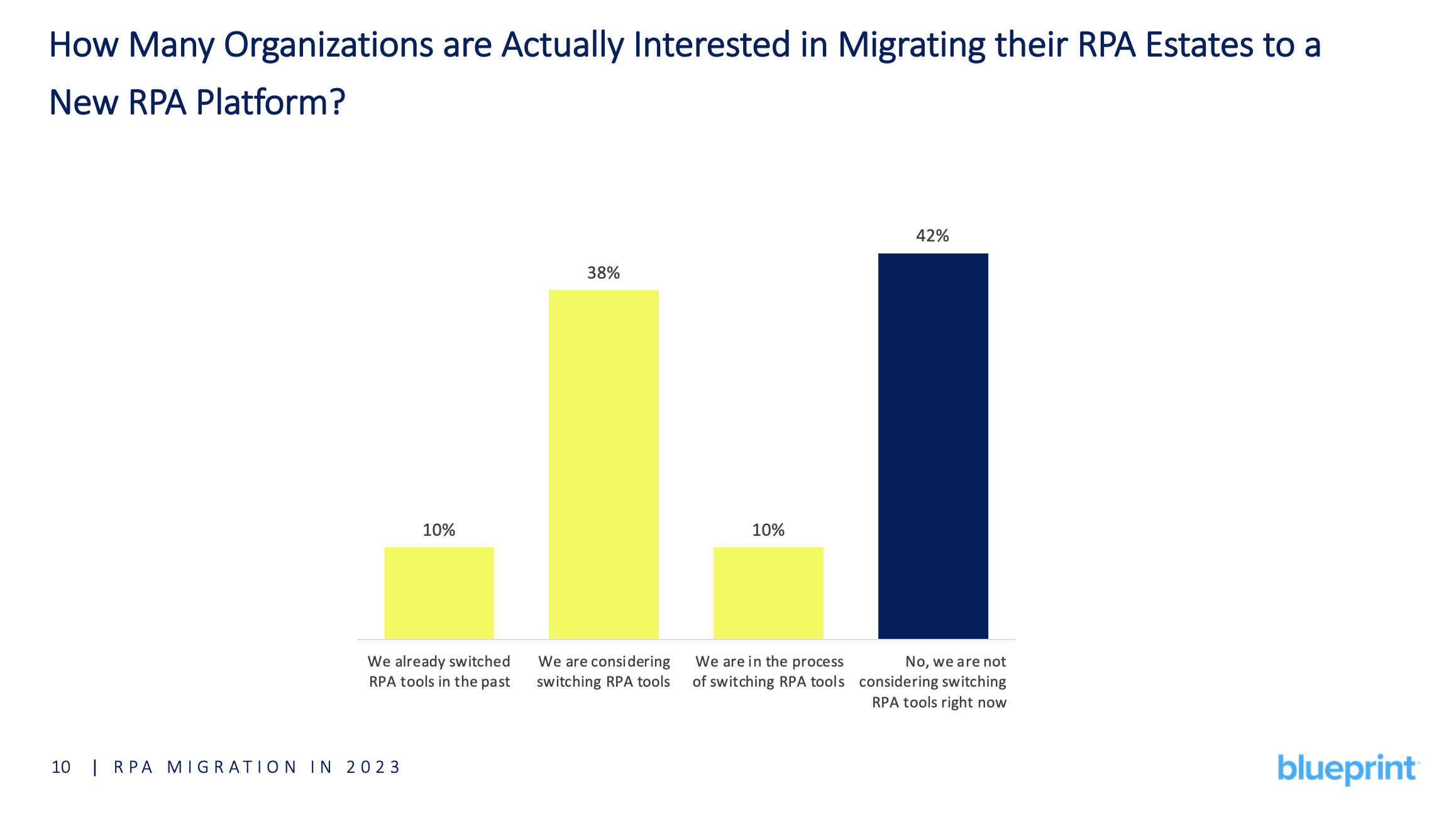
The main reason reported was to reduce the expensive cost of ownership and licensing fees of legacy RPA platforms. In Blueprint’s 2022 research on RPA migration, reducing the total cost of ownership for RPA ranked fifth on the list of reasons driving organizations to search for new RPA vendors. In 2023, it was number one.
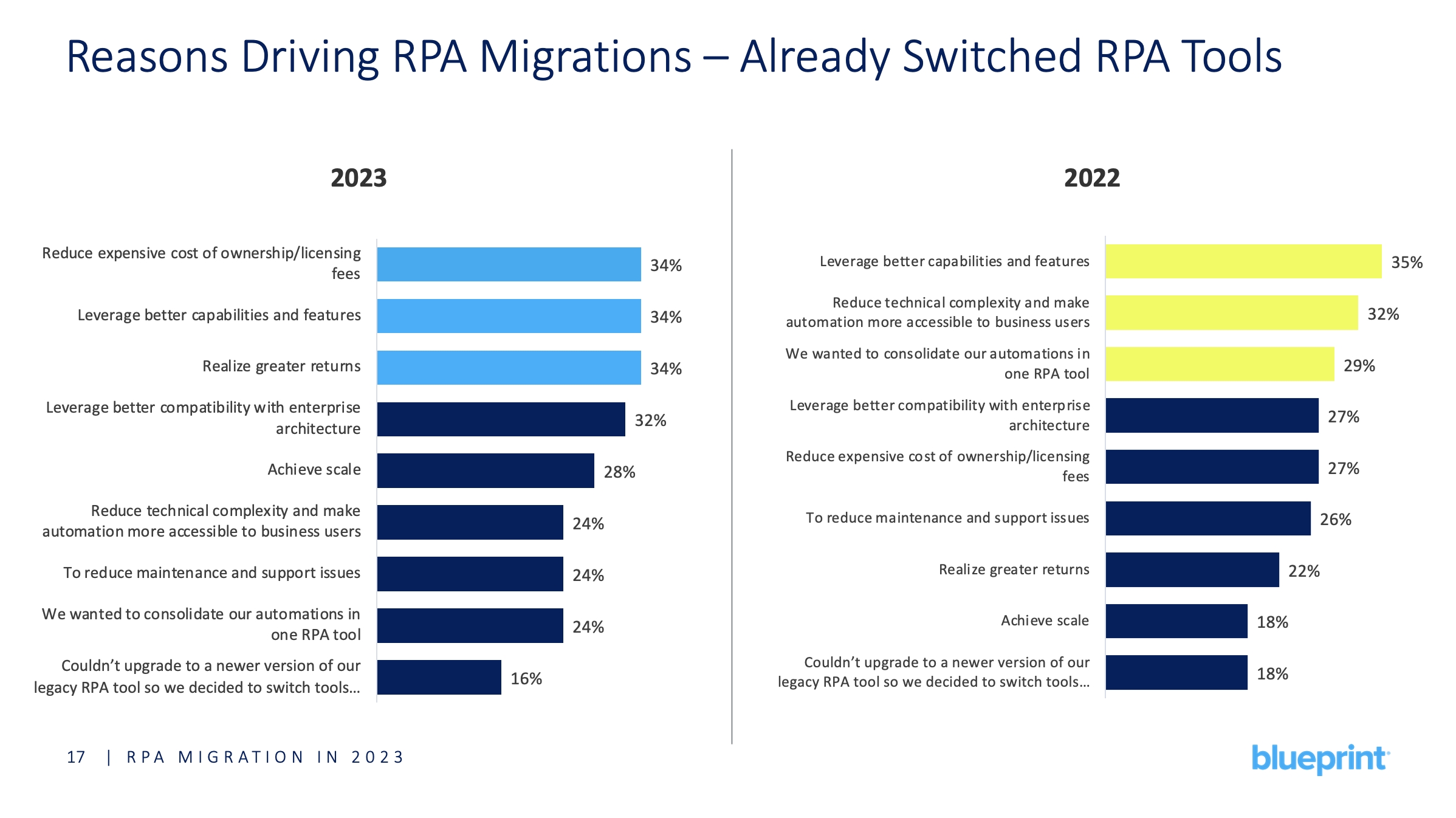
It’s no secret that legacy RPA vendors have increased their prices and licensing costs. It’s also widely understood that this is the main reason driving organizations to migrate their RPA estates to Microsoft Power Automate because of the significant cost savings they offer and their ultra-competitive pricing models.
There is ample evidence that switching to Microsoft Power Automate delivers significant cost savings. That cost reduction is a consequence of lower licensing fees, less infrastructure costs by leveraging existing investments in Microsoft products, and accelerated time to value. A simple glance at the economic impact of Power Automate will tell you the same.
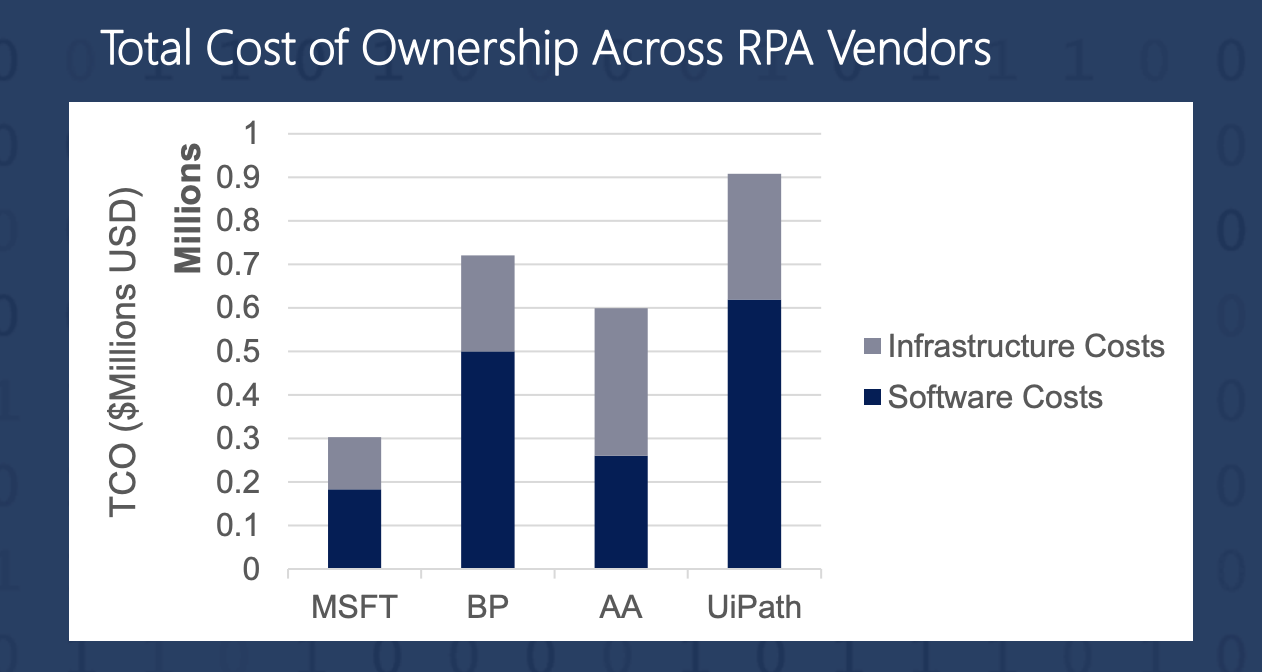 Source: Forrester Total Economic Impact of Power Automate, 2020
Source: Forrester Total Economic Impact of Power Automate, 2020
With any major decision or change in an enterprise organization however, a business case needs to be made even if all signs point to significant savings and returns. In that regard, Blueprint can help as well.
To learn more about how to build a business case so you can radically reduce your automation overhead, download the whitepaper: The Business Case for Migrating Your RPA Estate to Microsoft Power Automate.
Share this
Recent Stories

Automation Year in Review 2023

The Total Cost of Ownership Components to Consider for RPA Migrations



